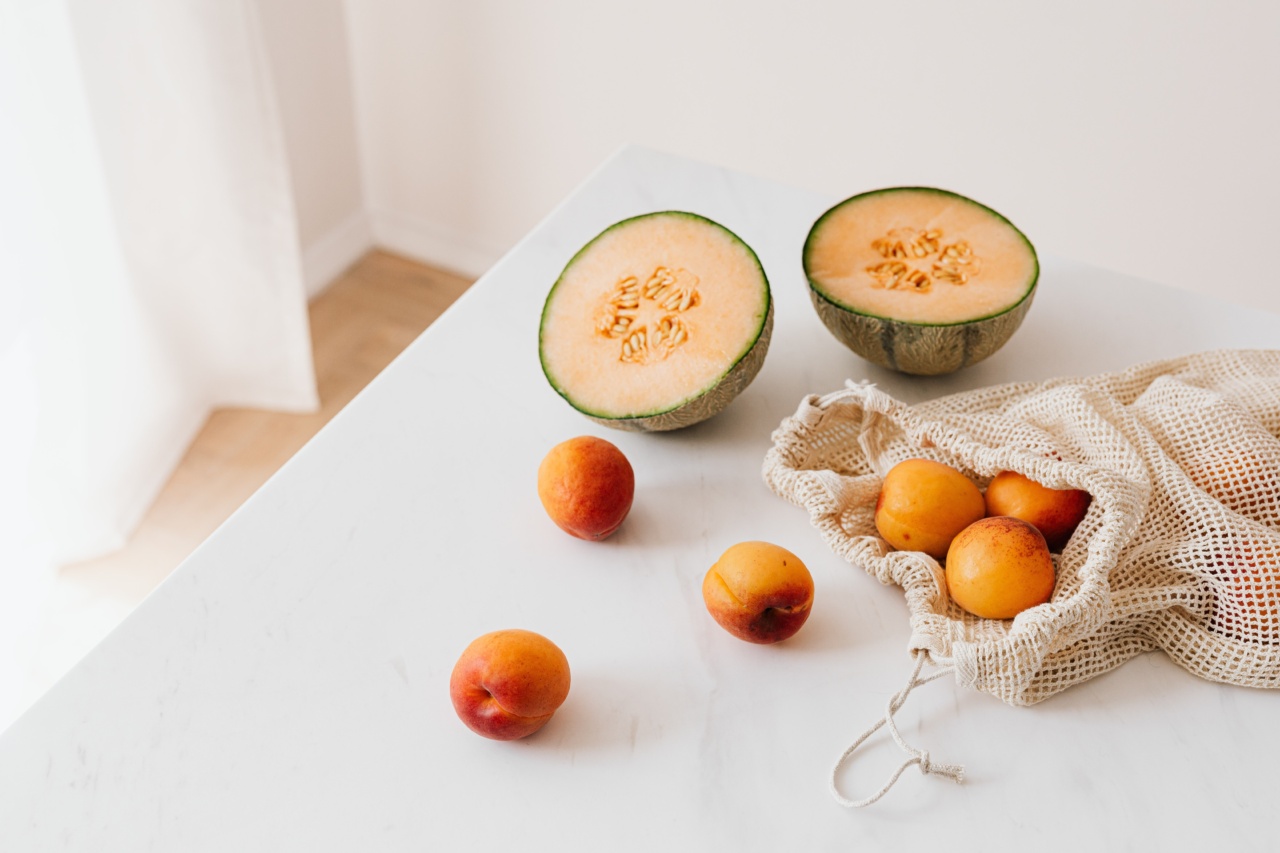Stroke is a serious medical condition that can occur when blood flow to a part of the brain is disrupted, either by a blocked blood vessel or a bleeding blood vessel.
It can lead to a range of disabling symptoms, including paralysis, difficulty speaking or understanding language, vision problems, and cognitive impairment. Stroke is a leading cause of long-term disability. In fact, worldwide, it is estimated that a stroke occurs every two seconds and someone dies from a stroke every six seconds.
It is a condition that affects both men and women of all ages and is a leading cause of death and disability in the United States.
Risk Factors for Stroke
While the exact cause of stroke is not yet fully understood, experts agree that certain factors can increase a person’s risk of having a stroke. Some of the most common risk factors for stroke include:.
- High blood pressure
- Smoking
- Diabetes
- High cholesterol
- Obesity
- Lack of physical activity
- Poor diet
- Alcohol use
- Drug use
- Family history of stroke or heart disease
The Role of Diet in Stroke Prevention
While there are many risk factors for stroke that cannot be controlled, such as age and family history, there are also several that can be modified by making certain lifestyle changes.
One of the most effective ways to reduce your risk of stroke is by adopting a healthy diet. A diet that is rich in fruits, vegetables, whole grains, lean proteins, and healthy fats can help to lower blood pressure, reduce inflammation, stabilize blood sugar, and improve cholesterol levels.
Top Foods for Stroke Prevention
Not sure where to start when it comes to a “stroke-preventing diet”? Here are some of the top foods to consider:.
Fruits and Vegetables
Fruits and vegetables are rich in a variety of vitamins, minerals, antioxidants, and fiber – all of which can help to reduce inflammation and oxidative stress in the body. Some of the best options include:.
- Dark leafy greens, such as spinach, kale, and collard greens
- Berries, such as strawberries, raspberries, and blueberries
- Oranges and grapefruits
- Bananas
- Tomatoes
- Carrots, sweet potatoes, and squash
Whole Grains
Whole grains are a great source of fiber, which can help to regulate blood sugar levels and improve heart health. Look for whole-grain breads, cereals, pastas, and rice, as well as options like quinoa, bulgur, and barley.
Lean Proteins
Protein is an essential nutrient for building and maintaining muscle, but it’s important to choose lean options that are low in saturated fat. Some good choices include:.
- Chicken or turkey breast
- Fish, such as salmon, tuna, and mackerel
- Lentils and beans
- Tofu
Healthy Fats
Not all fats are created equal! Some types of fat, such as monounsaturated and polyunsaturated fats, can actually improve cholesterol levels and lower your risk of heart disease. Some of the best sources of healthy fats include:.
- Avocado
- Olive oil
- Nuts and seeds, such as almonds, walnuts, and chia seeds
- Fatty fish, such as salmon and mackerel
Foods to Avoid or Limit
While there are many foods that can help to prevent stroke, there are also some that are best avoided or enjoyed only in moderation. Here are some of the top culprits:.
Sugar and Sweets
Excess sugar can lead to weight gain, high blood sugar, and an increased risk of heart disease and stroke. Limit sugary drinks and desserts, and look for natural sweeteners like honey or fruit instead.
Saturated and Trans Fats
Both saturated and trans fats can raise cholesterol levels and contribute to heart disease and stroke. Avoid foods that are high in these types of fat, such as fried foods, processed snacks, and fatty cuts of meat.
Sodium
High sodium intake can lead to high blood pressure, which is a major risk factor for stroke. Avoid or limit processed foods, fast foods, and restaurant meals, as these are often high in sodium.
Instead, opt for fresh, whole foods that you prepare yourself and season with herbs and spices instead of salt.
Putting It All Together: A Sample Stroke-Preventing Meal Plan
So you know what foods to choose and what to avoid – but what does that look like in practice? Here’s a sample meal plan to help you get started:.
: Breakfast
- Scrambled eggs with spinach and tomatoes
- Whole grain toast with avocado spread
- Fresh fruit salad (pineapple, berries, and melon)
: Lunch
- Turkey and avocado wrap (whole grain tortilla, turkey breast, avocado, tomato, and lettuce)
- Side salad (spinach, tomato, carrots, and cucumber)
- Apple slices with almond butter
: Dinner
- Grilled salmon with lemon and herbs
- Brown rice pilaf with mushrooms and onions
- Roasted asparagus with garlic and olive oil
: Snacks
- Carrot sticks with hummus
- Yogurt with berries and nuts
- Fresh fruit (banana, apple, orange)
Conclusion
When it comes to preventing stroke, there is no one magic solution – but adopting a healthy diet can go a long way.
By focusing on whole, nutrient-dense foods and limiting or avoiding foods that are high in sugar, sodium, and unhealthy fats, you can take an important step towards protecting your brain and heart health.




























